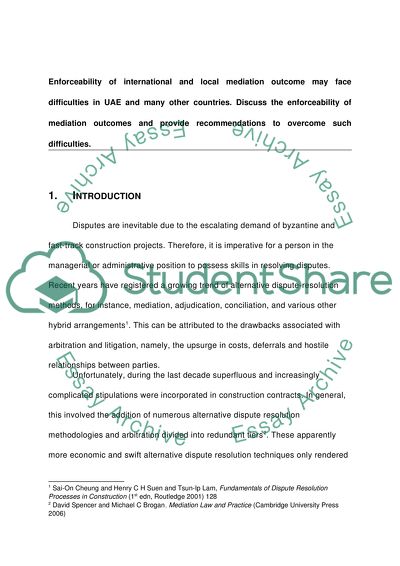Cite this document
(“MSc in Construction Law and Dispute Resolution Essay”, n.d.)
Retrieved from https://studentshare.org/law/1448355-dispute-resolution-and-construction
Retrieved from https://studentshare.org/law/1448355-dispute-resolution-and-construction
(MSc in Construction Law and Dispute Resolution Essay)
https://studentshare.org/law/1448355-dispute-resolution-and-construction.
https://studentshare.org/law/1448355-dispute-resolution-and-construction.
“MSc in Construction Law and Dispute Resolution Essay”, n.d. https://studentshare.org/law/1448355-dispute-resolution-and-construction.


